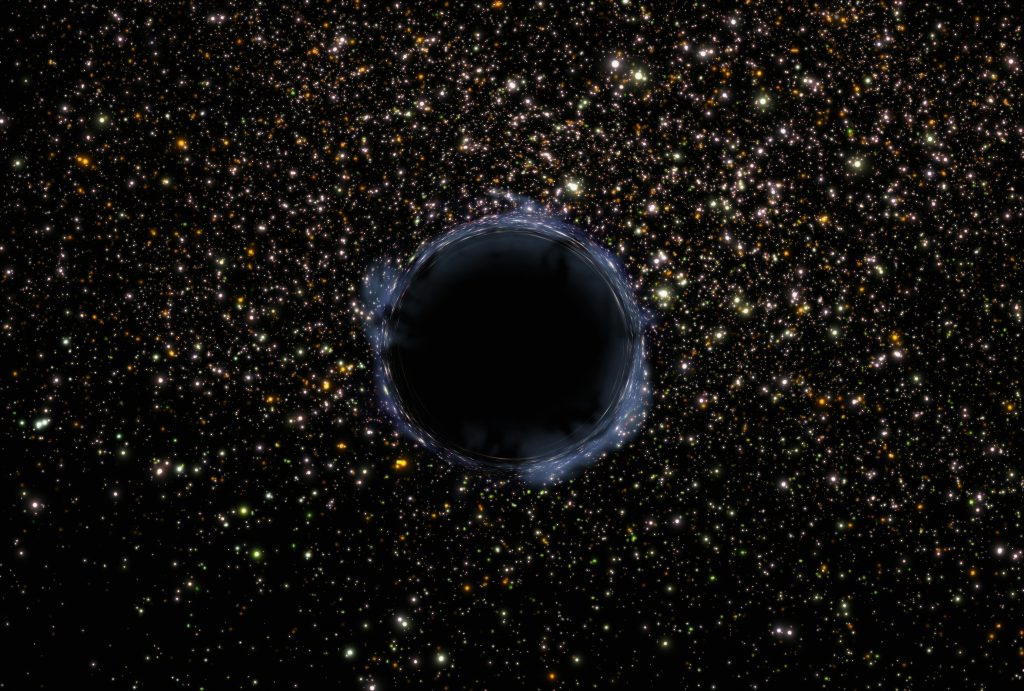Look up at the night sky, and you’re only seeing about 5% of what’s really there. The rest? It’s made up of dark matter and dark energy—the mysterious, invisible substances that dominate the cosmos.
Dark matter doesn’t emit light, interact with normal matter, or show up on any telescope. Yet its presence is undeniable. Galaxies spin faster than they should, stars stay clustered in ways that defy visible gravity—all thanks to this unseen mass.
Scientists believe dark matter makes up about 27% of the universe, while dark energy accounts for 68%. Only 5% is the matter we can see—stars, planets, humans. Dark matter holds galaxies together, acting as a cosmic glue. Without it, the universe would fly apart.
But what is it? That’s still unknown. Leading theories suggest it could be a new type of particle—WIMPs (Weakly Interacting Massive Particles) or axions. Experiments deep underground and in space are trying to detect it directly, but so far, it has remained elusive.
Studying dark matter is more than just curiosity—it could unlock the true structure of the universe, reveal new physics, and answer fundamental questions about how everything began.
In the world of science, sometimes the most powerful forces are the ones we can’t even see.



